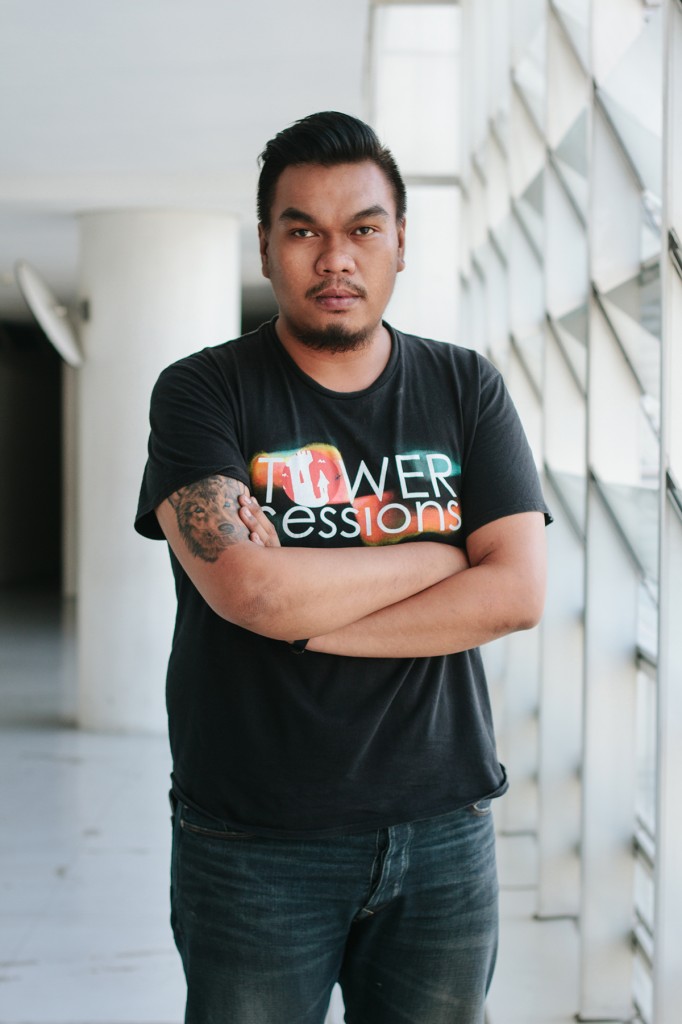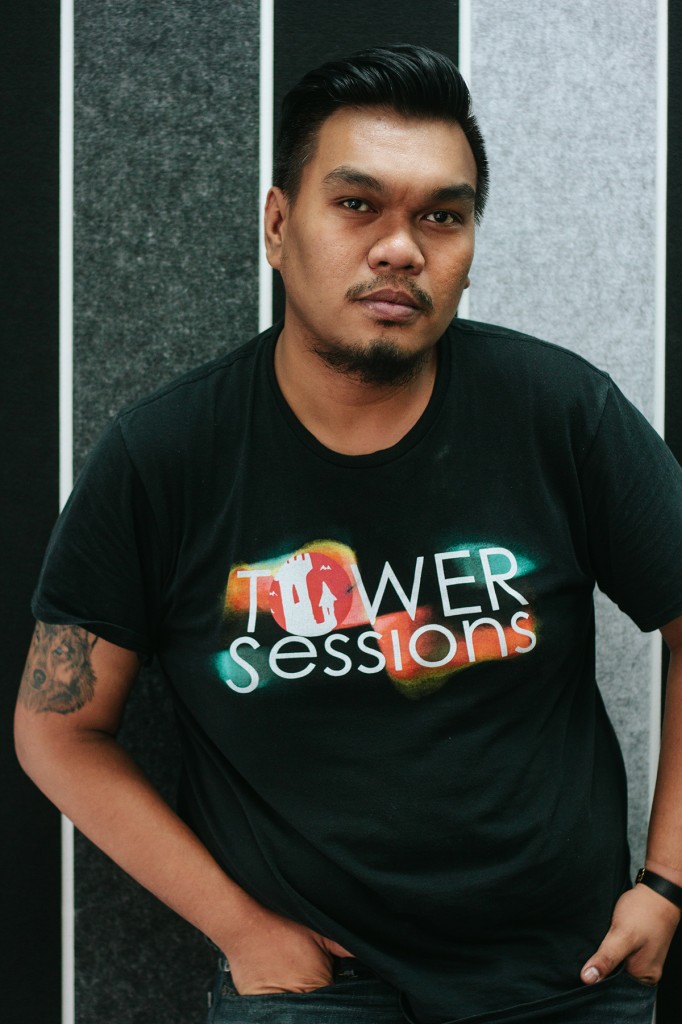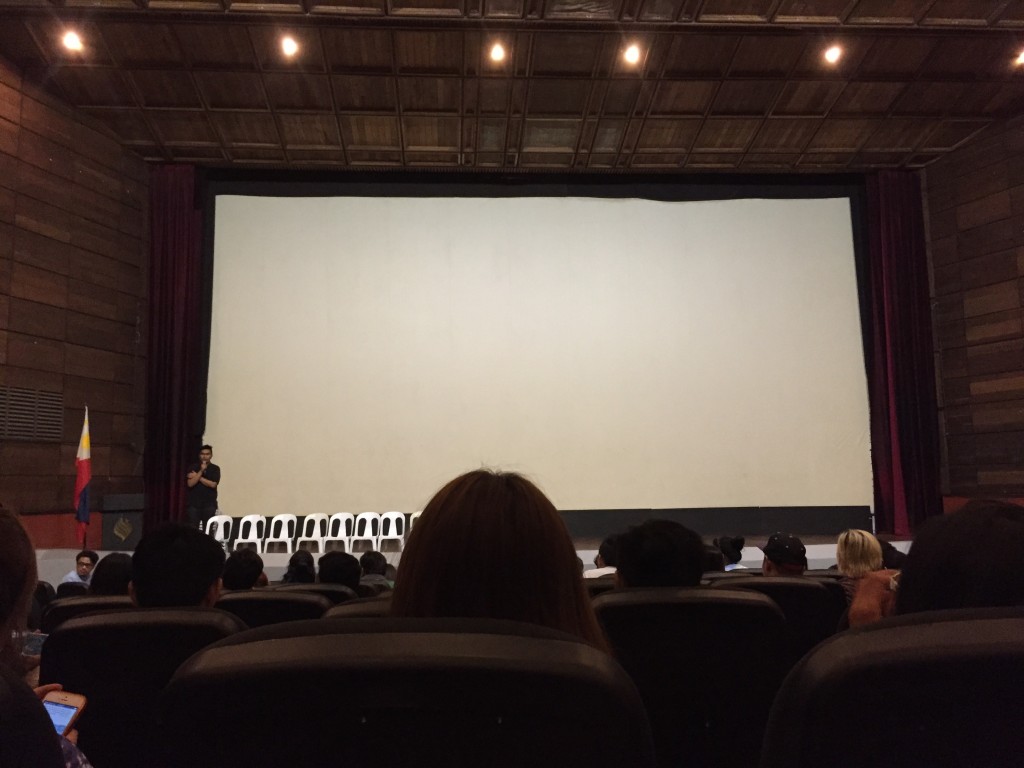Not many filmmakers are willing to take risks out of passion for their craft—Mr. Nestor Abrogena, the man behind the masterpiece, Ang Kwento Nating Dalawa (The Story of Us That Never Was), is part of this dying breed. He has been in the industry for ten years now, but when he’s not making movies, he teaches video production at the De La Salle-College of Saint Benilde. We, the Benildean Press Corps, were fortunate enough to have had the chance to ask him a few questions about his latest work.

Describe the process you had making Ang Kwento Nating Dalawa.
The inspiration came from a time in my life when I didn’t have the option but to choose what was right. I went through this dark year, being involved in things such as a scandal, so everything was just building up, eventually falling apart. As I was going through my journal, inspiration caught on, and thus started the writing for Ang Kwento Nating Dalawa. It was tough—writing about something that comes from a very personal side can be difficult because you can’t help but attach yourself to the material. I think that reflects in the final output.

How did you coach your actors?
First of all, I’m not a fan of huge acting—I’d much prefer things be as natural as possible. I had several sessions with Nicco Manalo and Emmanuelle Vera, and it took a whole month just to develop the characters. What I loved about [Manalo’s] acting was how textured it was. All I told him was that he had to simply feel the lines and what it was like to be in the space. I advised him to breathe his own life into them. As for [Vera], I told her to assume a “conyo” character. I wanted a gullible character who’d been trying her best to live in the Philippines for some time now. All in all, the acting style is exactly what I wanted, even if it might not be taken positively by the mainstream crowd.
The film consisted of several long takes. Any particular reason for why you employed this style?
It just came naturally, to be honest. I’m a huge fan of conversations, but at the same time, I also love using silence as a medium—you know, just watching people. I couldn’t imagine giving the film any other treatment. Heck, I didn’t even have a shot list. The whole time, I was just closely working with the assistant director. A good number of the shots stayed wide—that’s the way reality is.

The music was another one of the elements that helped contribute to the film’s atmosphere. How did you go about choosing them?
To start with, I’ve been part of the music industry for some time now. I called for help from my musician friends, and I ended up receiving around seventy tracks. Guess what? I didn’t like any of them, which was kind of weird because curating music for film was never that hard before. As a result, the soundtrack came in really late. One day, I was talking to Gabe Piolo about whether or not he was writing something new, and he told me he was. He then let me listen to a track. I remember the song sounding quite train-like, and it was at that moment that I knew it would fit in with the film. As for the the music during the end credits, I wanted a song that had an Arcade Fire vibe to it. I wanted that floating feeling, and my musical scorer was able to capture that perfectly.
What was the funniest moment on set?
The train scenes. Lots of people kept looking at the camera, and my assistant director was really pissed at them, shouting and all. I, on the other hand, was just chill. I don’t get mad about those things easily, so I just kept laughing. I told my assistant director that we could always erase the mistakes during post-production, and he replied, “That’s the thing about you, Nestor! You always rely on post!” Oh, editing—that’s when most of the funny experiences happened, too. There was this one woman, for example, whom we had to make cross-eyed, just so that it wouldn’t be evident she was looking at the camera.

If there’s one thing you can change about the film, what would it be?
I realized that I could inverse the whole treatment of the movie. I wondered about what it’d be like if I wrote the story in such a way that it wasn’t heavy, focusing instead on the happy times rather than the bad. I could only imagine how people would react the moment the plot twist revealed itself—I would probably have gotten a different response altogether.
What can we expect from you in the future?
Well, I’m currently writing the sequel to the film. It’s called, Sa Huling Araw ng Huling Buwan ng Taon, and takes place approximately two years after the events of Ang Kwento Nating Dalawa. How the film ended, you see, was just halfway through the original screenplay. Anyway, other than that, we’ll also be doing festival runs abroad and joining foreign competitions and exhibitions. You should know, though, that I’m not really after the awards—what I’m most eager about is the traveling. I just love traveling! [Laughs]
Photos by Yves Publico


